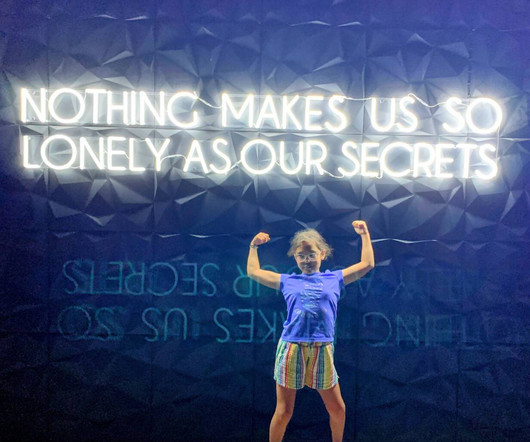Challenging Thought-Terminating Clichés: Strategies for Organizational Change
Mike Cardus
OCTOBER 22, 2023
Often used by people within positions of power within organizations, these clichés support control, group cohesion, or an agenda. Organizations can use such phrases to curb dissent, cultivate an “us versus them” approach, and deflect responsibility. Common examples include: “It’s just the way things are done here.” “If















Let's personalize your content